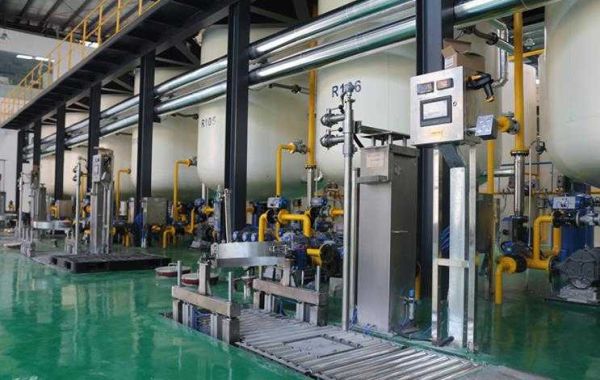Lube oil blending plants are essential facilities that produce a wide range of lubricants for various applications. However, even in well-managed plants, defects can occur, leading to subpar product quality and potential operational issues. In this blog, we will discuss some common defects in lube oil blending and provide strategies to prevent them.
Common Defects in Lube Oil Blending
- Incorrect Additive Dosage
Inaccurate dosing of additives is a common defect that can lead to imbalances in the final product's properties, affecting its performance and stability. To prevent this, it is crucial to use high-precision metering pumps and flow meters, calibrate them regularly, and implement stringent quality control measures, including laboratory testing and statistical process control (SPC).
- Incomplete Mixing
Inadequate mixing can result in uneven distribution of additives and base oils, leading to product inconsistencies. To ensure complete homogeneity, it is essential to use high-efficiency mixing equipment, such as high-shear mixers and static mixers, determine the optimal mixing time for each blend, and continuously monitor the mixing process using sensors and visual inspection.
- Contamination
Contamination from water, dust, or other foreign substances can degrade product quality and lead to premature oxidation. To prevent contamination, it is crucial to maintain a clean and hygienic environment in the blending plant, use filtered air to prevent airborne contaminants from entering the blending process, and clean and sanitize equipment regularly to remove residue and prevent cross-contamination.
- Temperature Control Issues
Incorrect temperature control can affect additive solubility, viscosity, and other properties. To maintain optimal temperatures, it is essential to install accurate and reliable temperature control systems, continuously monitor temperature during the blending process, and use heat exchangers to control temperature effectively.
- Storage and Transportation Issues
Improper storage and transportation can lead to product degradation, oxidation, and sedimentation. To prevent these issues, it is crucial to use clean and dry storage tanks, use inert gas blanketing to prevent oxidation, and store and transport lubricants at recommended temperatures. Additionally, it is important to minimize storage time to reduce the risk of degradation.
- Base Oil Quality Issues
The quality of the base oil used in blending significantly impacts the final product. It is important to source base oils from reputable suppliers and conduct rigorous quality checks to ensure they meet the required specifications.
- Human Error
Human error can lead to various defects, such as incorrect ingredient selection, incorrect dosing, or improper mixing. To minimize human error, it is important to implement robust training programs for operators, use automated systems for critical tasks, and have a strong quality assurance system in place.
By understanding these common defects and implementing preventive measures, lube oil blending plants can produce high-quality lubricants that meet stringent industry standards.







